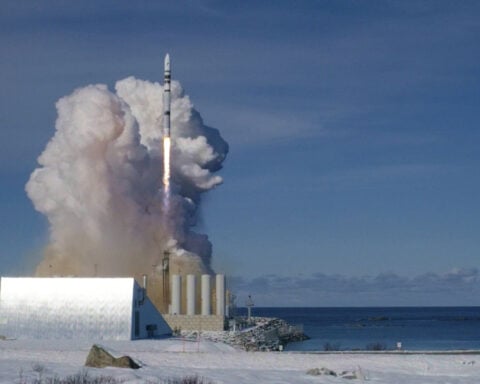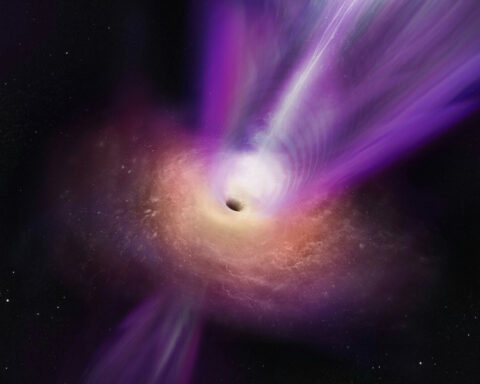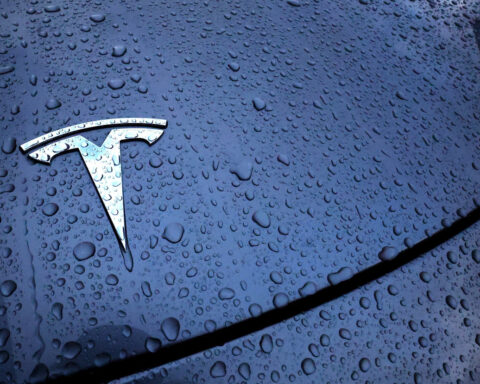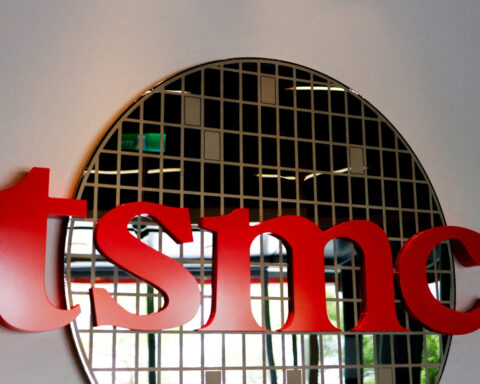Smaller size, single purpose
Sending a satellite into space is nothing new, of course. The Soviet Union launched Sputnik 1 into Earth orbit back in 1957. Today, about 10,000 active satellites are out there, and nearly all are engaged in communications, navigation, military defense, tech development or Earth studies. Only a few – less than 3% – are exploring space.
That is now changing. Satellites large and small are rapidly becoming the backbone of space research. These spacecrafts can now travel long distances to study planets and stars, places where human explorations or robot landings are costly, risky or simply impossible with the current technology.
But the cost of building and launching traditional satellites is considerable. NASA’s lunar reconnaissance orbiter, launched in 2009, is roughly the size of a minivan and cost close to $600 million. The Mars reconnaissance orbiter, with a wingspan the length of a school bus, cost more than $700 million. The European Space Agency’s solar orbiter, a 4,000-pound (1,800-kilogram) probe designed to study the Sun, cost $1.5 billion. And the Europa Clipper – the length of a basketball court and scheduled to launch in October 2024 to the Jupiter moon Europa – will ultimately cost $5 billion.
These satellites, relatively large and stunningly complex, are vulnerable to potential failures, a not uncommon occurrence. In the blink of an eye, years of work and hundreds of millions of dollars could be lost in space.
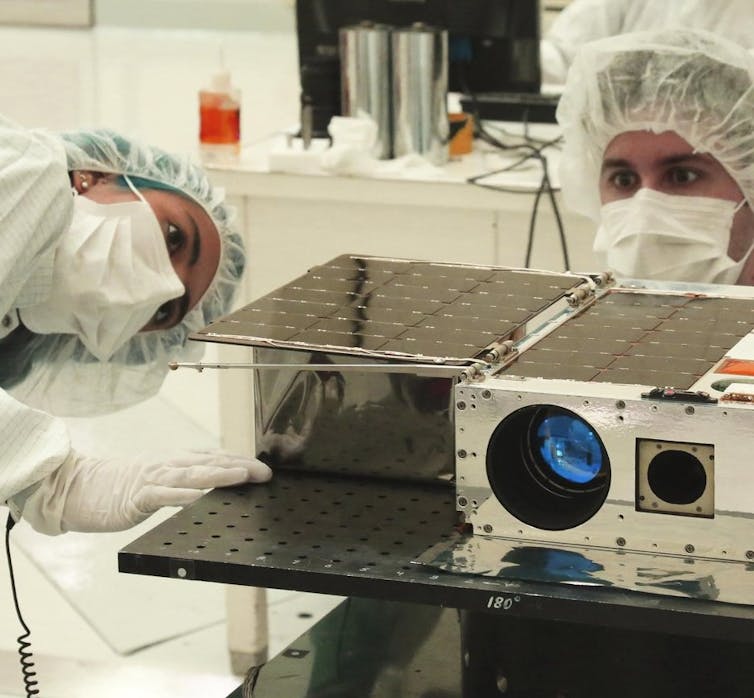
NASA scientists prep the ASTERIA spacecraft for its April 2017 launch.
Exploring the Moon, Mars and the Milky Way
Because they are so small, CubeSats can be released in large numbers in a single launch, further reducing costs. Deploying them in batches – known as constellations – means multiple devices can make observations of the same phenomena.
For example, as part of the Artemis I mission in November 2022, NASA launched 10 CubeSats. The satellites are now trying to detect and map water on the Moon. These findings are crucial, not only for the upcoming Artemis missions but to the quest to sustain a permanent human presence on the lunar surface. The CubeSats cost $13 million.
The MarCO CubeSats – two of them – accompanied NASA’s Insight lander to Mars in 2018. They served as a real-time communications relay back to Earth during Insight’s entry, descent and landing on the Martian surface. As a bonus, they captured pictures of the planet with wide-angle cameras. They cost about $20 million.
CubeSats have also studied nearby stars and exoplanets, which are worlds outside the solar system. In 2017, NASA’s Jet Propulsion Laboratory deployed ASTERIA, a CubeSat that observed 55 Cancri e, also known as Janssen, an exoplanet eight times larger than Earth, orbiting a star 41 light years away from us. In reconfirming the existence of that faraway world, ASTERIA became the smallest space instrument ever to detect an exoplanet.
Two more notable CubeSat space missions are on the way: HERA, scheduled to launch in October 2024, will deploy the European Space Agency’s first deep-space CubeSats to visit the Didymos asteroid system, which orbits between Mars and Jupiter in the asteroid belt.
And the M-Argo satellite, with a launch planned for 2025, will study the shape, mass and surface minerals of a soon-to-be-named asteroid. The size of a suitcase, M-Argo will be the smallest CubeSat to perform its own independent mission in interplanetary space.
The swift progress and substantial investments already made in CubeSat missions could help make humans a multiplanetary species. But that journey will be a long one – and depends on the next generation of scientists to develop this dream.

Mustafa Aksoy works for the University at Albany, State University of New York (SUNY) and the Research Foundation for SUNY. He receives funding from the National Aeronautics and Space Administration (NASA), the National Science Foundation (NSF) and Oak Ridge Associated Universities (ORAU). He is a senior member of the Institute of Electrical and Electronics Engineers (IEEE).
Source: The Conversation

 Trump has begun another trade war. Here's a timeline of how we got here
Trump has begun another trade war. Here's a timeline of how we got here
 Canada's leader laments lost friendship with US in town that sheltered stranded Americans after 9/11
Canada's leader laments lost friendship with US in town that sheltered stranded Americans after 9/11
 Chinese EV giant BYD's fourth-quarter profit leaps 73%
Chinese EV giant BYD's fourth-quarter profit leaps 73%
 You're an American in another land? Prepare to talk about the why and how of Trump 2.0
You're an American in another land? Prepare to talk about the why and how of Trump 2.0
 Chalk talk: Star power, top teams and No. 5 seeds headline the women's March Madness Sweet 16
Chalk talk: Star power, top teams and No. 5 seeds headline the women's March Madness Sweet 16
 Purdue returns to Sweet 16 with 76-62 win over McNeese in March Madness
Purdue returns to Sweet 16 with 76-62 win over McNeese in March Madness
